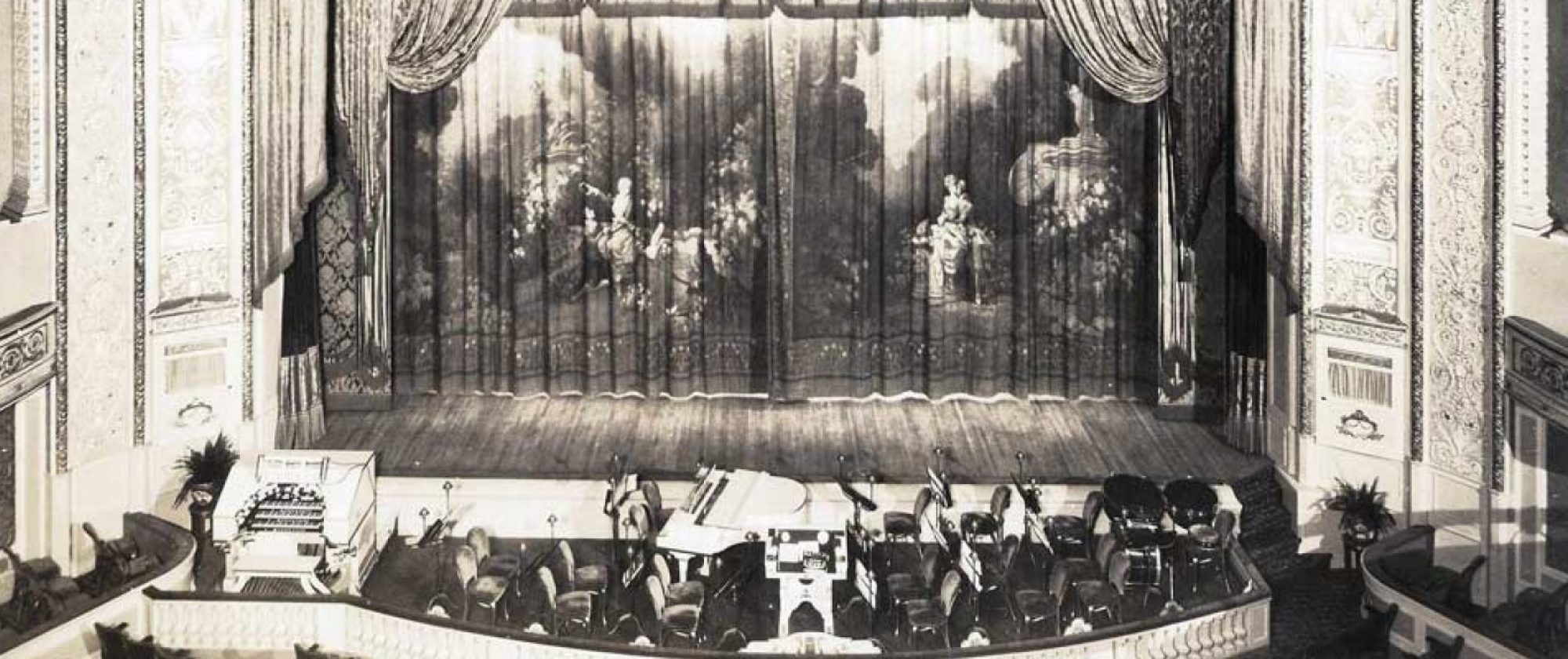Location:
Theater:
Date:
Type:
Dancing and acrobatics.
Singing, piano playing and comedy skits.
"I'll Stick to Rosie, If Rosie Sticks to Me," "Nanny, Nanny, I Never Loved Another Girl Like You," "Doughie, the Baker."
Harry Lauder added another score to his international record Monday when he began his eighth American tour under the guidance of William Morris at Hammerstein's 44th Street theatre before a capacity gathering of friendly yet skeptical first nighters. Although supported by a typical Morris program, the interest of course centered solely around the "generous" Scot, who closed the bill, and it is a matter of doubt if her ever received a more flattering and enthusiastic reception, excepting his American debut, than he did that evening. After a quartet of his characteristic impressions, he responded with an appropriate speech and concluded with an unaccompanied song of patriotic proportions which to many seemed out of place, particularly before a neutral audience of mixed nationalities. However, the encore had no material effect on his preceding efforts and a prediction of a genuinely successful season seems sensibly safe. Lauder's opening composition is called "I'll Stick to Rosie, If Rosie Sticks to Me" delivered in an exaggerated military makeup with the usual accompanying Lauder mannerisms and patter. It carried a likable melody, as does all the new numbers, and gave the comic a great start. "Nanny, Nanny, I Never Loved Another Girl Like You" brought the great versatility of Lauder into evidence, for in this hit he gave the impression a touch of genuine sentimentality. The delicate little details stood out in noticeable fashion, and while the character was singularly natural and typically human, Lauder carefully brought into prominence the comical portion of the story, emphasizing the paramount basis of his artistic success, for in a character portrayal Lauder is wholly natural even to the minutest detail. "Doughie the Baker" was next introduced, built around the most natural incident imaginable. It dealt with the confidences of the village dough-mixer who didn't mind the occasional domestic quarrel because of the joy and happiness entailed in the inevitable reconciliation. His closing number was somewhat reminiscent of one of his former successes in melody and lyrical construction and will probably prove the best seller of his current tour. It's the typical Lauder kilted song with a catchy swing and a tune easily remembered. The house accepted the principal's invitation to participate in the chorus and wound up proceedings when the six plaided pipers journeyed down the centre aisles with as many floral offerings. A discourse on Lauder's incomparable personality would be superfluous, for the man stands unapproachable in a class of his own for his particular style of entertainment. The supporting show carried three of the so-called "big time" turns while the two others held up nicely, but in comparison did not figure strongly in the final running. Albert Donnelly opened with his shadowgraphing specialty, working before the sheet in view of his audience. This gave the turn a touch of novelty and Donnelly at the finish eked out sufficient applause to warrant a safe hit. Dave Genaro and Isabelle Jason were seriously handicapped by the orchestra, apparently unfamiliar with dance orchestrations. With this fault remedied the pair will develop into a great supporting attraction for Lauder, for they comprise one of vaudeville's best dancing combinations and they routine is somewhat different from the army of other parading around the local circuits. Selwyn Driver, apparently English, offered a painologue in "one" to fair returns, and Al Golem's Co. scored a sensational triumph with their acrobatic production, while Lucille and her Cockatoo, coming just before Lauder, pulled down one of the big hits of the evening.
Source:
Variety, 40:12 (11/19/1915)
